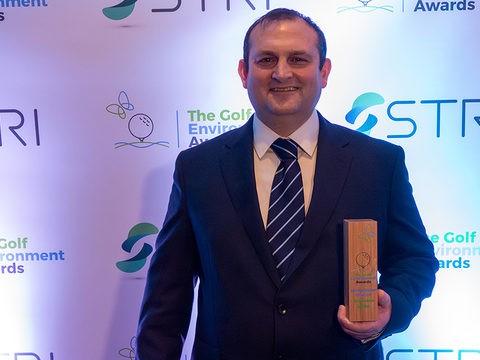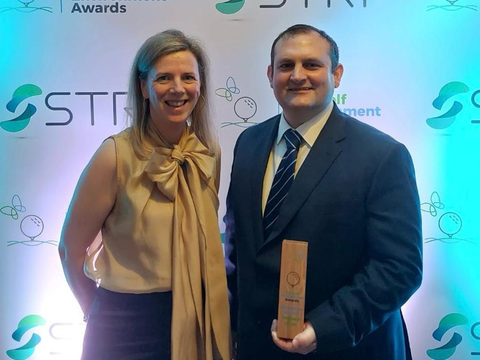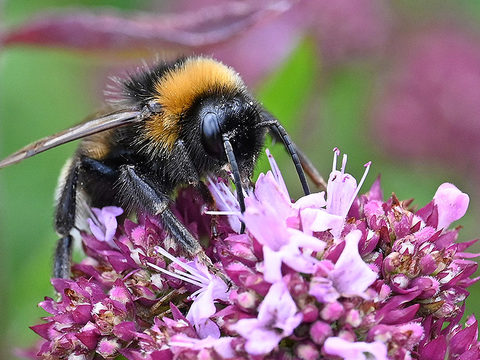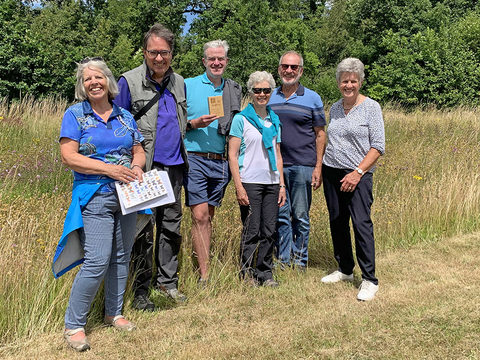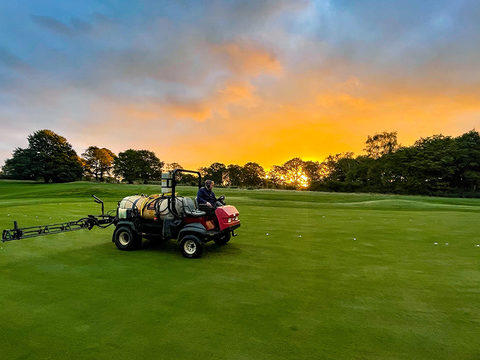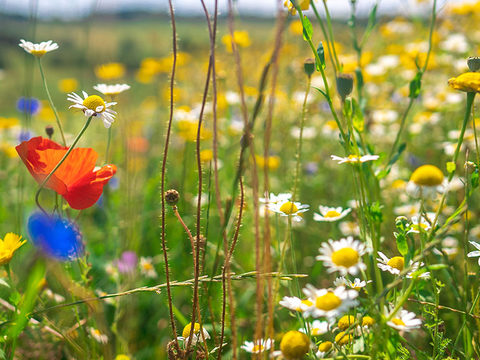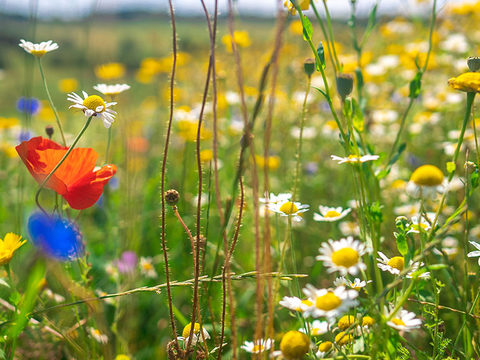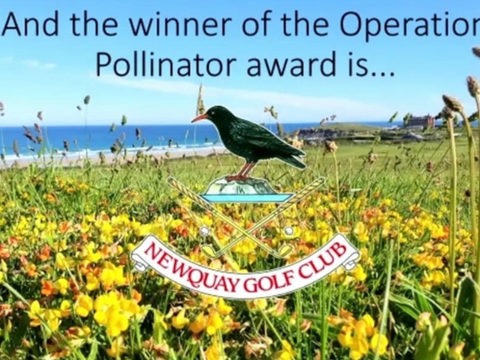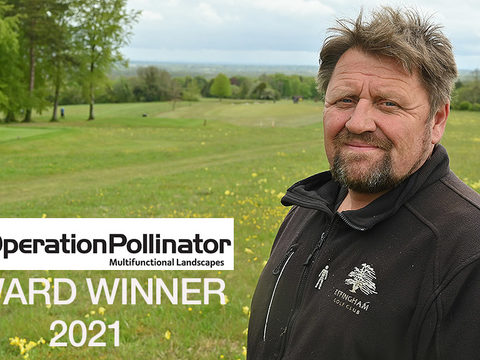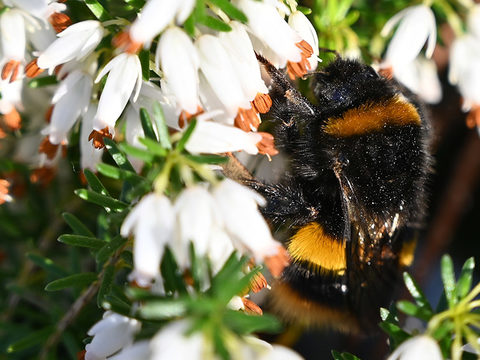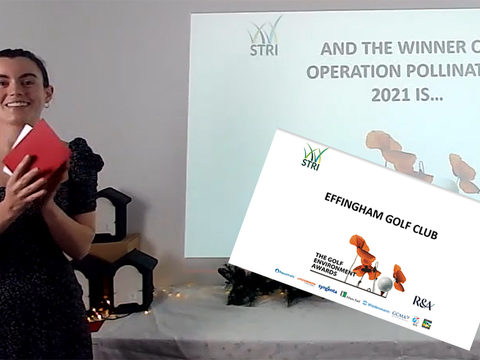Planning for Pollinators
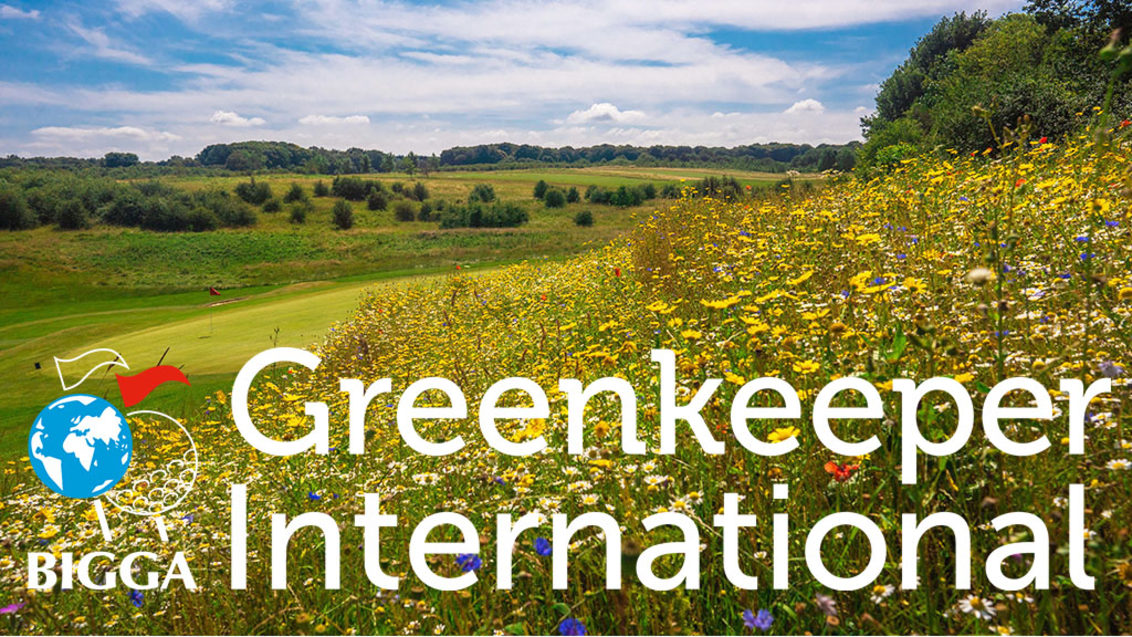
Utilising out of play areas to create ecology habitats can help to balance sustainable management of courses for both golf and the environment. Sarah Hughes, Syngenta Turf & Landscape Business Manager for UK and Ireland (below), highlights how the Operation Pollinator initiative is helping to focus the golf industry’s approach.
While bumblebee queens and other beneficial pollinating insects are hibernating through the winter weather, now is the time to be planning where habitat creation around the course could give them maximum benefit through the summer – as well as making the golf environment a more attractive place to play.
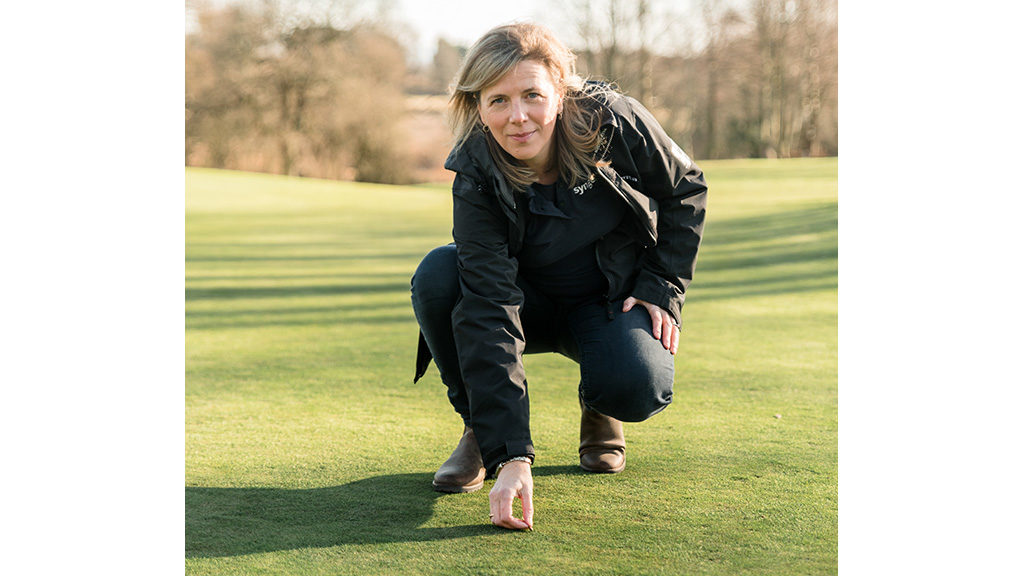
Operation Pollinator has ably demonstrated that areas of habitat for pollinating insects and other biodiversity can be successfully managed alongside maintaining high quality playing surfaces and with no negative impact on golf. Ecology initiatives can enable greenkeeping teams to engage effectively with players, provide a positive promotion for clubs and highlight sustainable management practices across the turf industry.

One of the primary planning decisions is where around the course habitat can be created and managed for pollinators, without impinging on play? Or ideally how it can be incorporated into course design to positively enhance the environment for biodiversity, and to be more attractive for players. That also has to be balanced with the suitability of areas for appropriate habitat creation – some of which might be pollen and nectar food sources from wildflowers, but also importantly areas for insects to breed and hibernate. Along with the practicality of being able to manage areas easily with the available workforce.
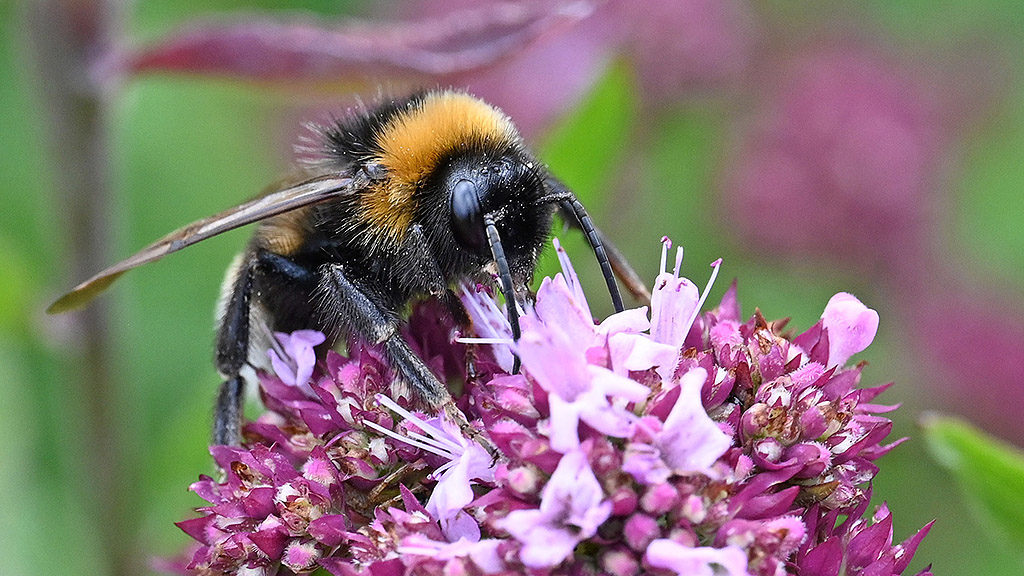
Parkland courses often have far more flexibility to introduce areas of more floristically enhanced pollen and nectar rich flower mixtures that look in keeping, while on a heathland or links course options for planting are typically far more limited to naturalistic native wildflowers. But even here, entrance roads, car parks and areas around the clubhouse can often be found where plants that are highly productive in pollen and nectar can be suitably cultivated, along with more natural habitat areas required for breeding and hibernation.
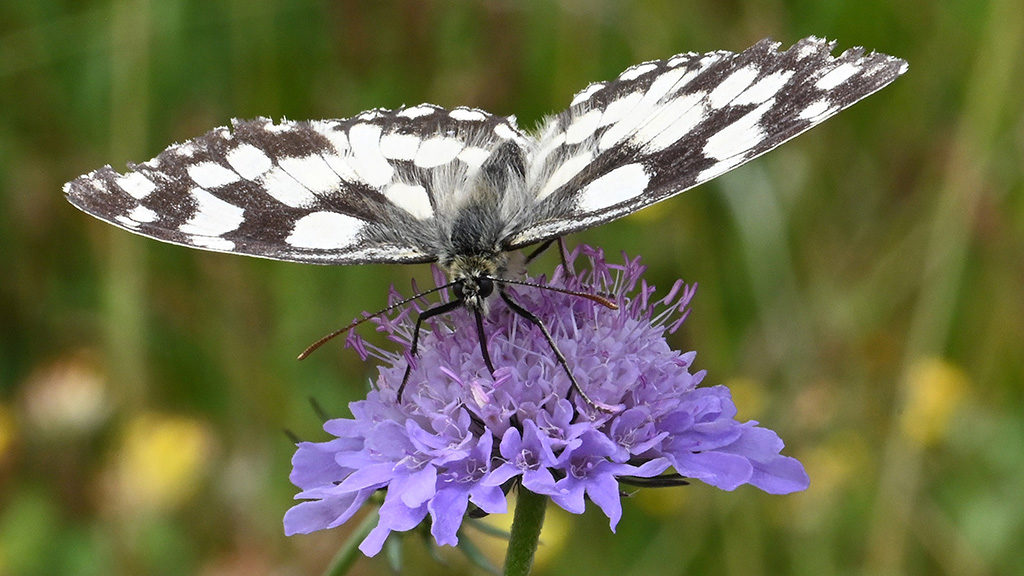
In some situations, specific plant species will need to be planted - and managed to give them the conditions to grow – to target particular insects, while more populist bumblebee and butterfly species will benefit from botanically diverse flower mixtures.
Operation Pollinator research and experience over more than 12 years’ implementation on golf courses across the UK has highlighted the potential for the most extensive areas of wildflower creation on secondary tiger rough, along with smaller areas managed more intensively for specific habitats.
Areas can often be established on carries that are typically undisturbed or rarely ventured into by players, but where they can experience the enjoyment that the biodiversity brings as they play.
Wildflower areas on walkways between holes and at the back of tees provide a more pleasurable stopping point if play is held up, as well as framing course design and direction. Fescue grasses and wildflowers in deep rough provide a visual continuity to first cut rough and, with coarse grasses removed, enable easier ball location of wayward shots to speed up players’ rounds.
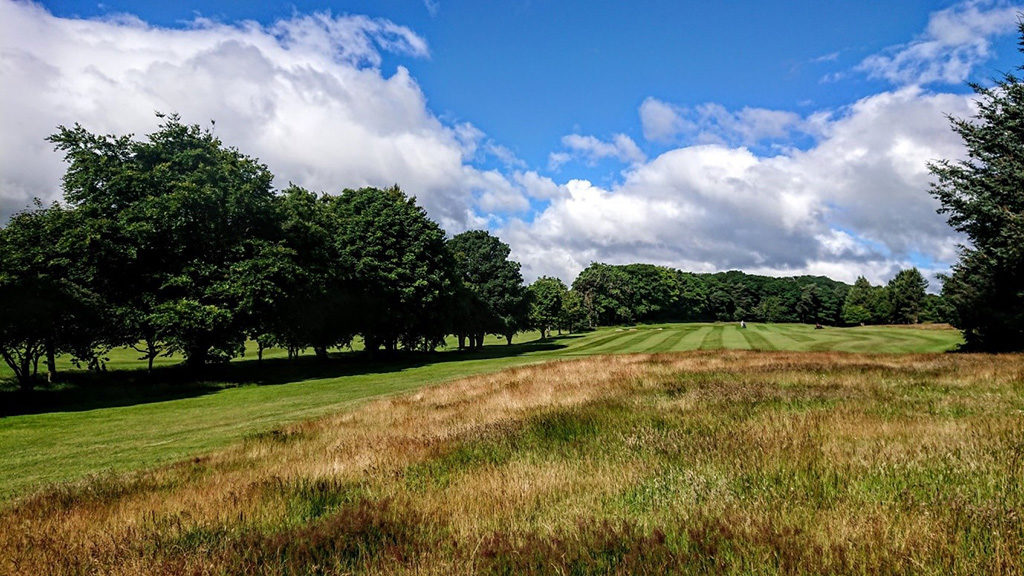
The overall findings have shown that while ecological initiatives can be implemented on every course, each has to be treated individually to pick what will be appropriate in specific situations. Operation Pollinator is designed to provide a framework of guidance and advice, but without being prescriptive of any management measures, seed mixtures or areas that must be followed.
From the reported experiences of over 600 greenkeepers and golf clubs signed up to Operation Pollinator one of the greatest challenges to establishing attractive wildflower areas is invasion from coarse grasses that overwhelm wildflowers and the fine fescue rough in which they thrive.
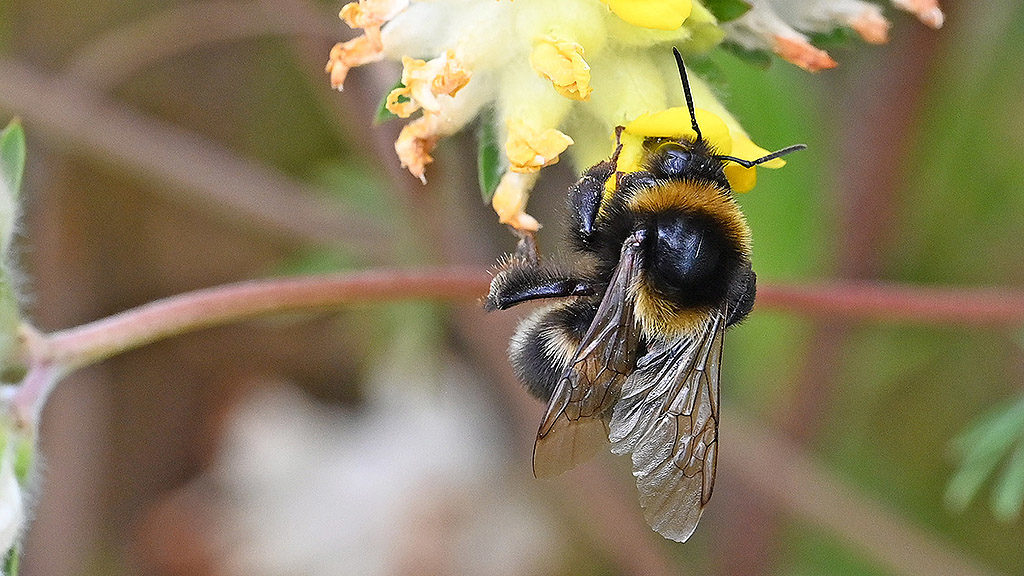
For some years the selective herbicide Rescue was highly successful in removing coarse grasses, including ryegrass and Yorkshire fog, while leaving the fescue and wildflowers unaffected. STRI research showed that using selective herbicide techniques could create the same wildflower establishment in two years, compared to six to seven years of repeated cut and removal - with all its associated labour, fuel and carbon release costs.
New Syngenta R&D continues to evaluate important new tools and techniques for sustainable habitat and fine turf management, but until then the most effective route to open the canopy and reduce fertility is for repeated cutting and removal of vegetation.
In most instances, once established, an annual autumn cut and removal allows the wildflowers to set and shed seed that will regenerate the floral content. Leaving a cut sward on the surface for a few days in the sun will allow more seed to fall. If the pick up to the vegetation can include some light scarification, such as using an Amazone Groundkeeper, for example, some of the seed can be encouraged to chit.
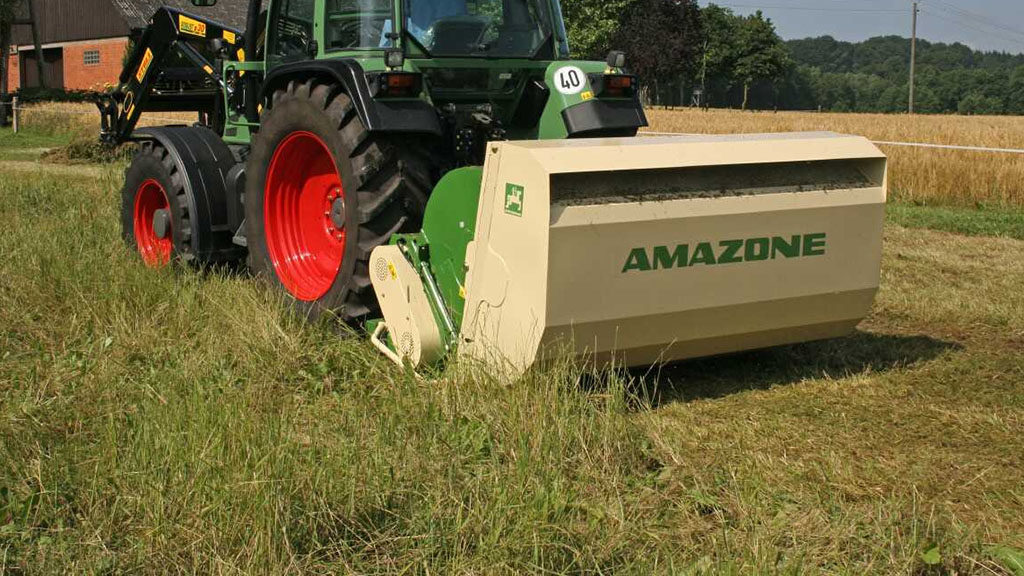
Where you have a well-established wildflower area cutting slightly earlier, when seed has been set but before it has shed, could enable the risings to be spread on other areas you’re looking to establish and perpetuate the consistent wildflower mix, but at significantly lower cost compared to purchasing new seed.
It is worth noting that generally in the first year of establishing a perennial wildflower mix repeatedly cutting the area every six to eight weeks can encourage stronger establishment, albeit at the expense of any flowering in the first year. In the longer term the result would be better. The key exception is where annual wildflowers have been included in the mix to give a quicker fix of colour in the first year.
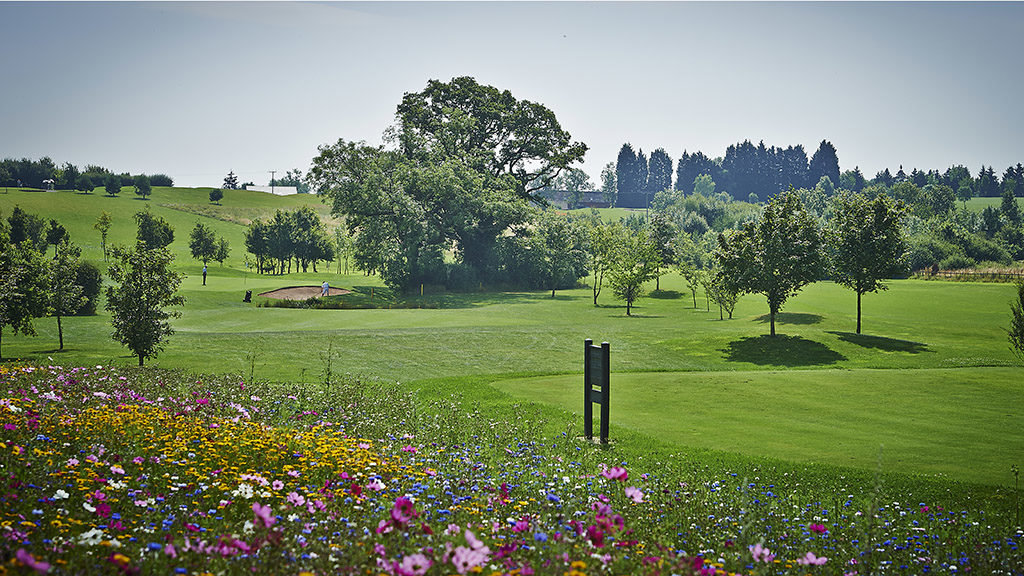
Also, if there are extensive areas of wildflower habitat across the course, there is the option to cut a proportion after the first flush of flowers, possibly around mid-June, that will then encourage regrowth and new flowers that will prolong the overall supply of pollen and nectar later in the season. That is crucial to support larger populations of pollinators that have hopefully built up over the summer and ensure greater survival of species at different stages of their life cycle through the winter.
Once established, Operation Pollinator areas require less time-consuming maintenance to continually cut and clear dense rough, releasing labour and machinery for more effective course maintenance - reducing the ongoing cost and carbon footprint of annual rough maintenance.
Along with the physical management techniques, greenkeeping teams are urged to take extra care to protect ecological areas. Avoid fertiliser spreading or leaching into wildflower areas of rough will reduce invasion of coarse grass growth, along with minimising the risk of spray drift of broadleaved weed herbicides onto wildflower habitat that could reduce flora. Both measures to better target inputs directly on the intended area makes absolute sense to help avoid waste and achieve better results.
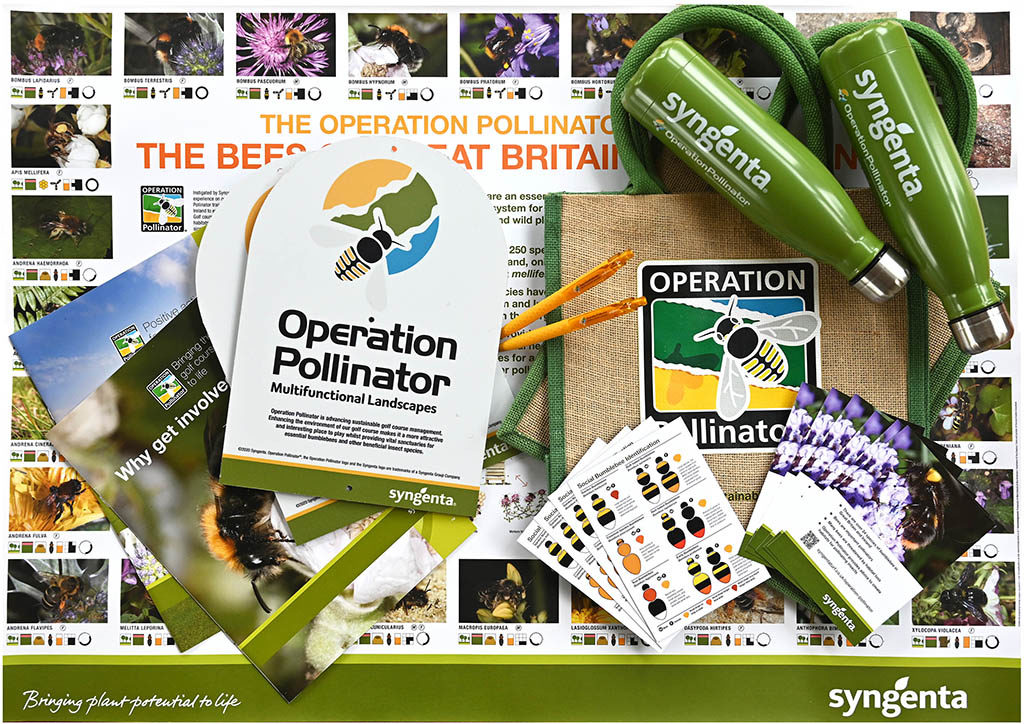
Rare bumblebee species are now to be found in many areas where Operation Pollinator has been instigated. For example, the classified rare and endangered bumblebee, Bombus ruderatus, was found on newly created Operation Pollinator habitats in Warwickshire, Hampshire and Cambridgeshire within two years of establishment.
Finding a rare or endangered bumblebee species on your course will be a publicity opportunity for the club and a positive message to promote for the club and the golf industry.
Many clubs are now introducing hives of honeybees onto the course. It is reported as being useful to increase membership engagement with environmental initiatives and awareness of pollination, as well as producing an income stream from honey sales. However, since each hive contains up to 60,000 bees in the height of summer, they are also competing heavily with solitary bees and other pollinators for available food sources and effectively removing pollen and nectar from the natural environment.
The same argument stacks against introducing bee boxes of artificially reared Bombus terestris bumblebees, which are commercially raised for crop pollination in glasshouses but can be released into the natural environment. It is one of the most common species of UK bumblebee and, since the bumblebee lifecycle means all the colony, apart from the overwintering queen, will die at the end of the season is only ever a short-term fix. Creating even a small area of habitat to attract pollinators will quickly far surpass the population of introduced bumblebees with natural pollinators and a permanent biodiversity.
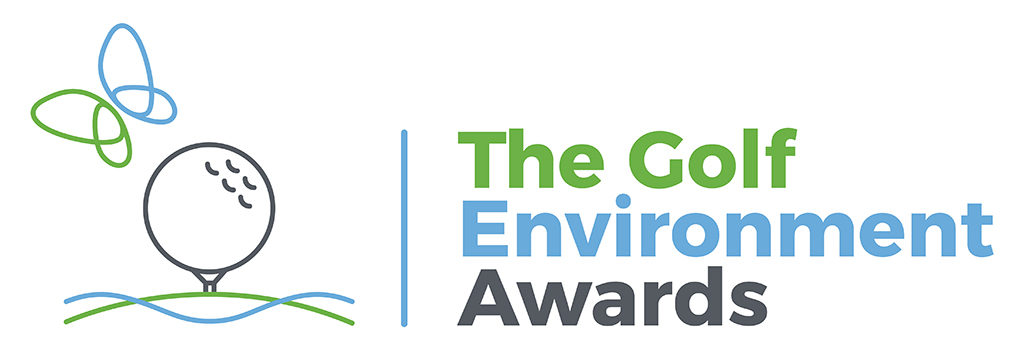
Having far exceeded its initial targets, Operation Pollinator is now the single biggest environmental initiative in golf aiming to build back the sources of pollen and nectar that ultimately supports wider biodiversity. It has demonstrated that management of the golf course for player satisfaction can be sustainable achieved alongside providing an extremely valuable ecological resource for pollinators.

